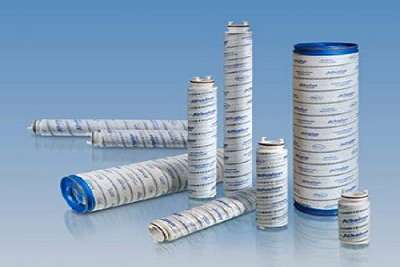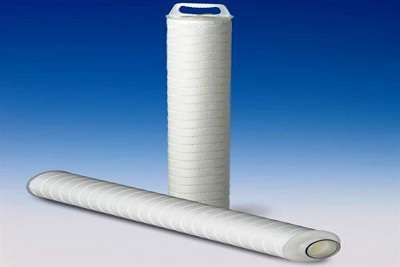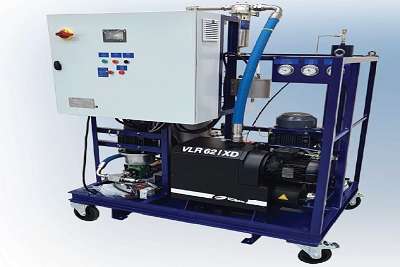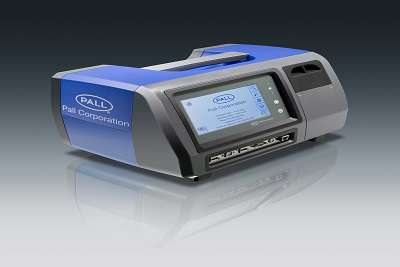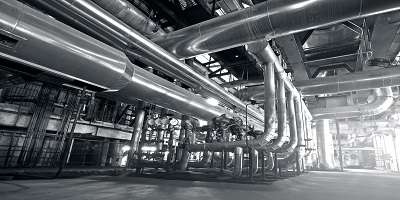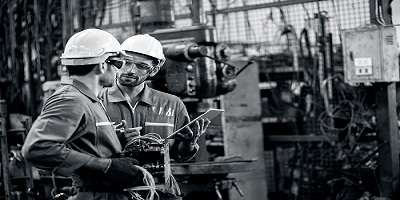PALLSKOP mobiler Labor- und Beratungsdienst
Der mobile Labor- und Beratungsdienst der PALL GmbH bietet Analytik, technische Unterstützung und Beratung vor Ort.
Industrielle Filtration
Industrielle Fertigungsprozesse sind äußerst anfällig auf Kontamination. Eine effektive und zuverlässige Überwachung, Separation und Filtration an verschiedenen Stellen in der industriellen Fertigung ist für eine verbesserte Qualität der Endprodukte, zur Verlängerung der Nutzungszeiten wichtiger Anlagen und zur Verringerung kostspieliger Ausfallzeiten unerlässlich. Wir bieten erstklassige industrielle Filterlösungen und Trennsysteme, die speziell entwickelt wurden, um die Prozesseffizienz zu optimieren und die Geschäftsleistung während des gesamten Produktionsprozesses zu verbessern.
Filtermietservices
Eine lokal verfügbare Flotte von mobilem Equipment für die kurz- oder langfristige Anmietung zum Schutz wichtiger Prozessanlagen, zur Sicherung der Produktion und zur Verbesserung der Produktqualität.
Die Konstruktion des Athalon Filters von Pall trägt zur Sicherheit der Arbeiter bei
Verbesserte Abscheidung von Kontamination an verschiedenen Punkten in der industriellen Fertigung
Haben Sie schon einmal das Filterelement eines Hydraulikfiltergehäuses gewechselt? Dies kann eine Herausforderung sein. Wir zeigen Ihnen den Austausch von Filterelementen anhand von zwei verschiedenen Gehäuseformen.
Literatur
-
E-Book über Filtration
Download: -
HDP22-Serie
Download:
Warum ist Filtration wichtig?
Nach einer Studie von Dr. E. Rabinowicz vom M.I.T. ist der Austausch von Bauteilen oder der „Verlust der Brauchbarkeit“ in 70 % der Fälle auf eine Verschlechterung der Oberfläche zurückzuführen, 20 % dieser Auswechslungen sind auf Korrosion und 50 % auf mechanischen Verschleiß zurückzuführen.
Partikel, die durch abrasiven Verschleiß entstehen, sind sozusagen kaltumgeformt; sie sind somit härter als ihre Ausgangsoberfläche. Werden diese Partikel nicht durch korrekte Filtration entfernt, rezirkulieren sie und führen zu weiterem Verschleiß. Diese „Verschleißkettenreaktion“ wird sich fortsetzen und zu einem vorzeitigen Ausfall der Systemkomponenten führen, wenn nicht eine Hochleistungsfiltration implementiert wird, um die Kettenreaktion zu unterbrechen.









